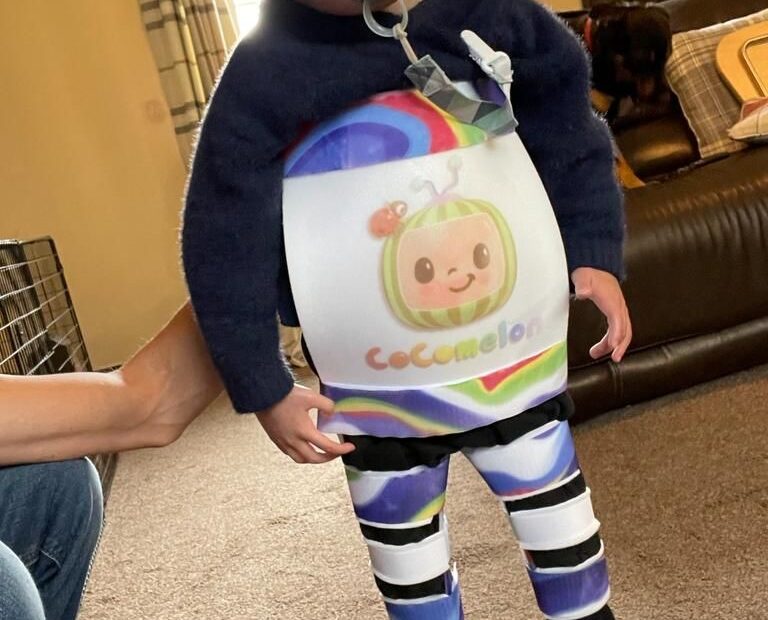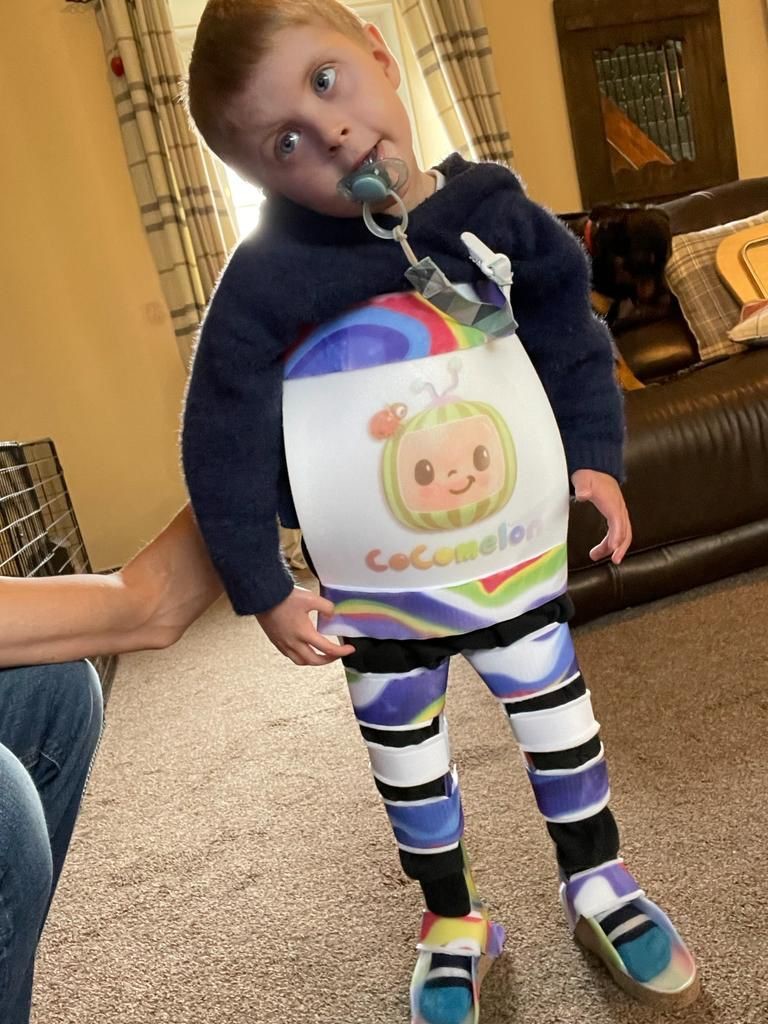
When Seth McFadzean (4) from Dumfries popped on his ‘Iron Man suit’ in July 2023, his parents watched in delight as they saw him stand for the very first time.
The ‘Iron Man suit’, as his family lovingly calls it, is really a custom-made standing shell with a rigid, polypropylene structure but, in the mind of a four-year-old boy, it mirrors similarities to how superhero, Iron Man, would step into his armour.
This shell was designed and created by NHS Greater Glasgow and Clyde, Paediatric Orthotist, Mhairi Johnston, to specifically meet the needs of Seth and his medical condition. Seth was born with an extra chromosome 18 giving him a condition called Tetrasomy 18p Mosaicism. At his time of birth, Seth was one of only seven cases recorded globally.
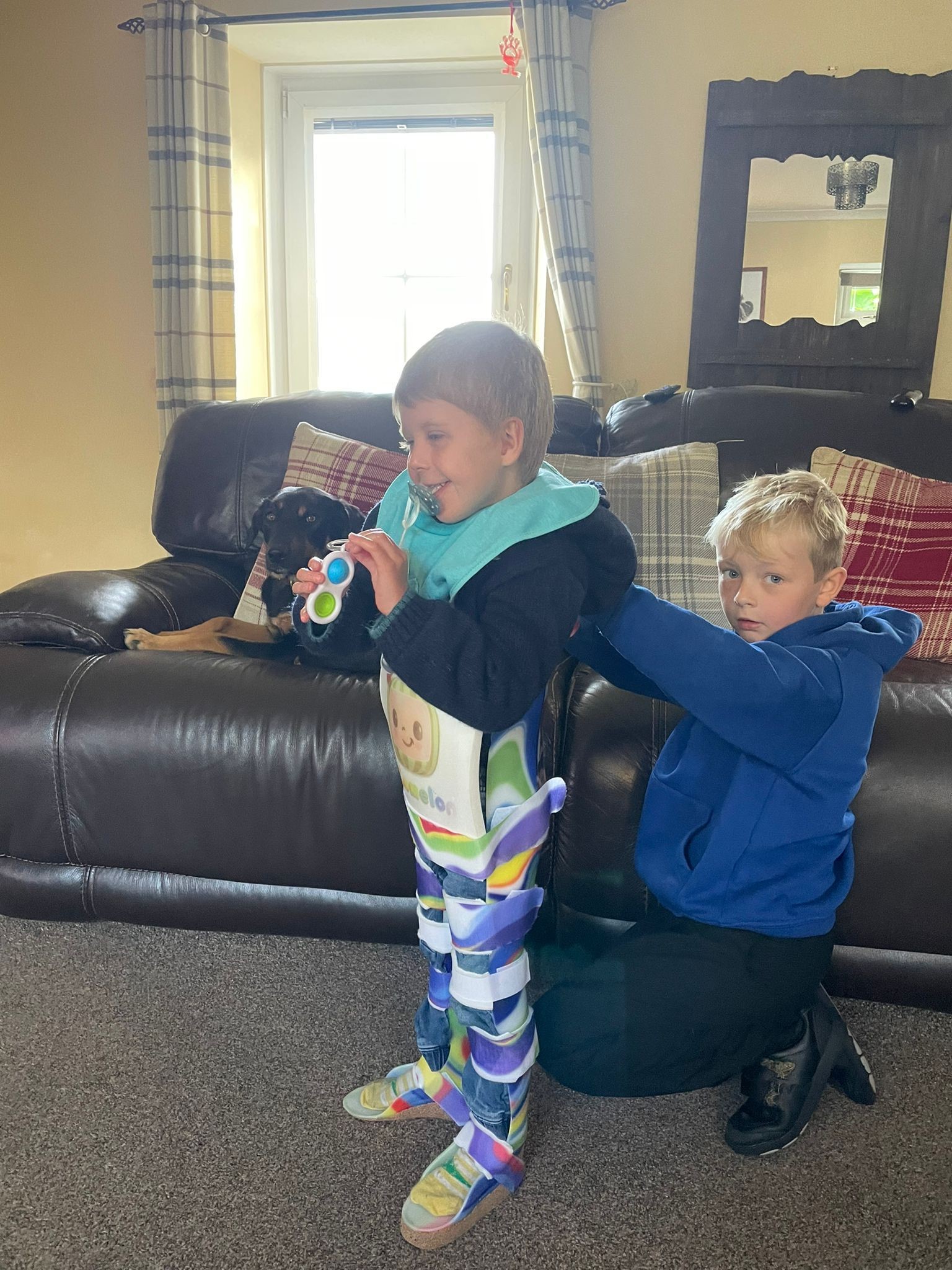
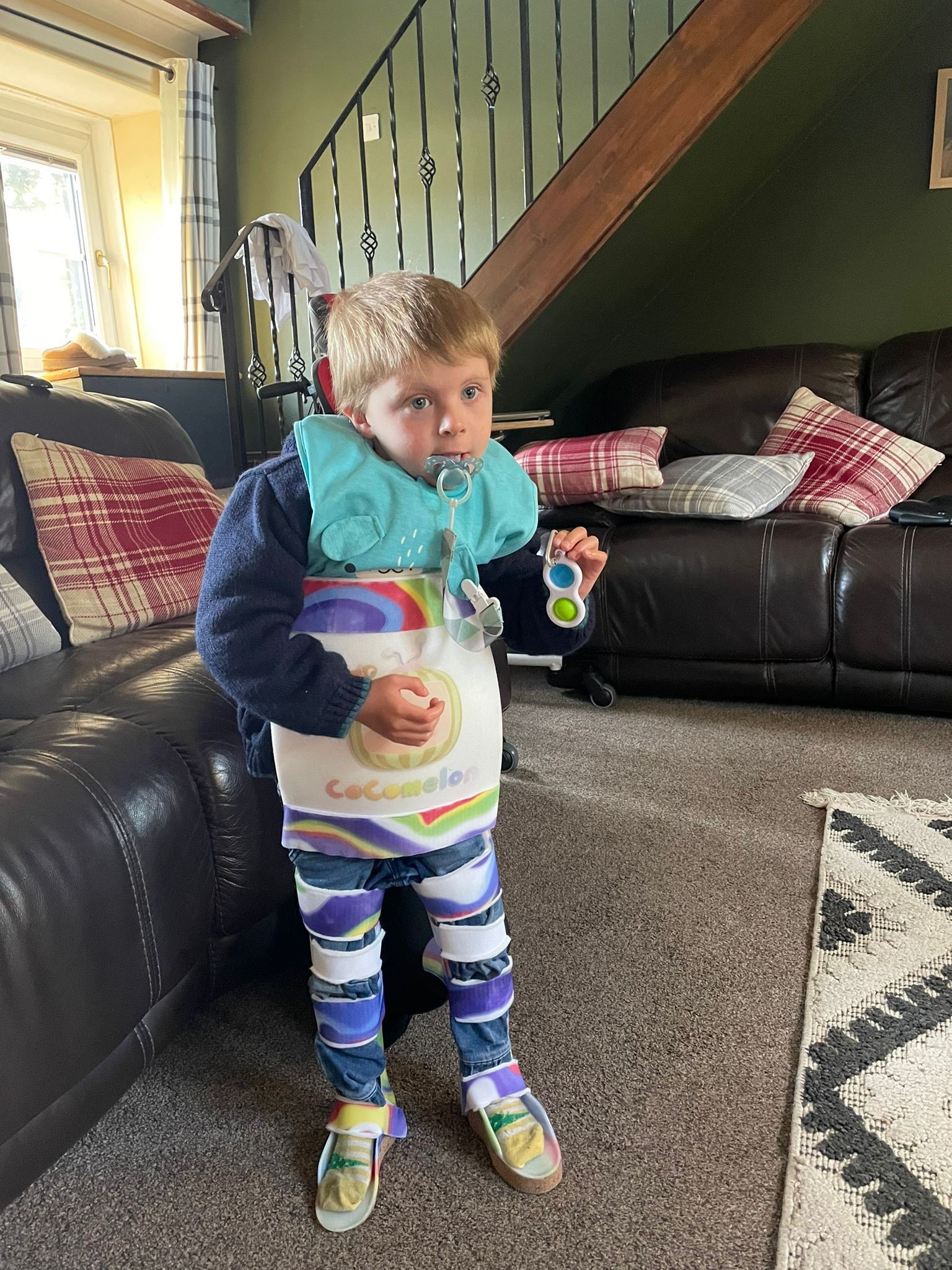
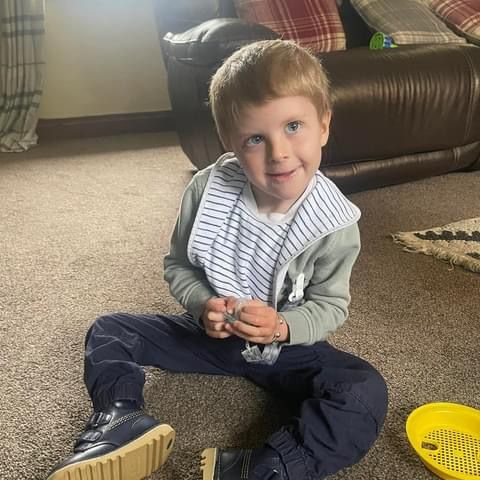
His parents, Carrie and Peter McFadzean, explained that they knew Seth was having medical challenges almost immediately when he was born.
“Seth was a very lethargic baby and he really struggled to feed. Soon after birth, he was transferred to the neonatal ward where he stayed for 12 weeks while he underwent different tests. When we found out that he had Tetrasomy 18p Mosaicism, we knew that there would be various challenges that he would face, but we wouldn’t know exactly what until he grew older and developed,” said Carrie.
Since birth, Seth’s condition has led to severe scoliosis, poor muscle tone throughout his body, he can’t swallow properly and is therefore peg fed, he can’t walk or talk, and he has learning difficulties. Seth is also wheelchair bound.
Currently, Seth is small enough to be lifted by his parents whenever he wants to transfer from his wheelchair to another spot, such as bed, the car, or the shower. As he gets older, if he cannot mobilise to transfer on his own, a hoist and large apparatus will be required. Carrie and Peter shared their concerns with Seth’s medical team.
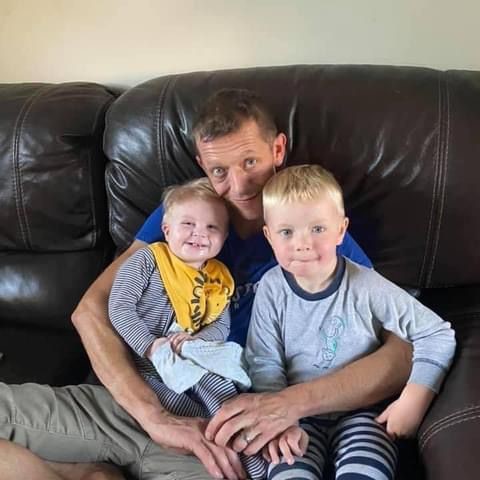
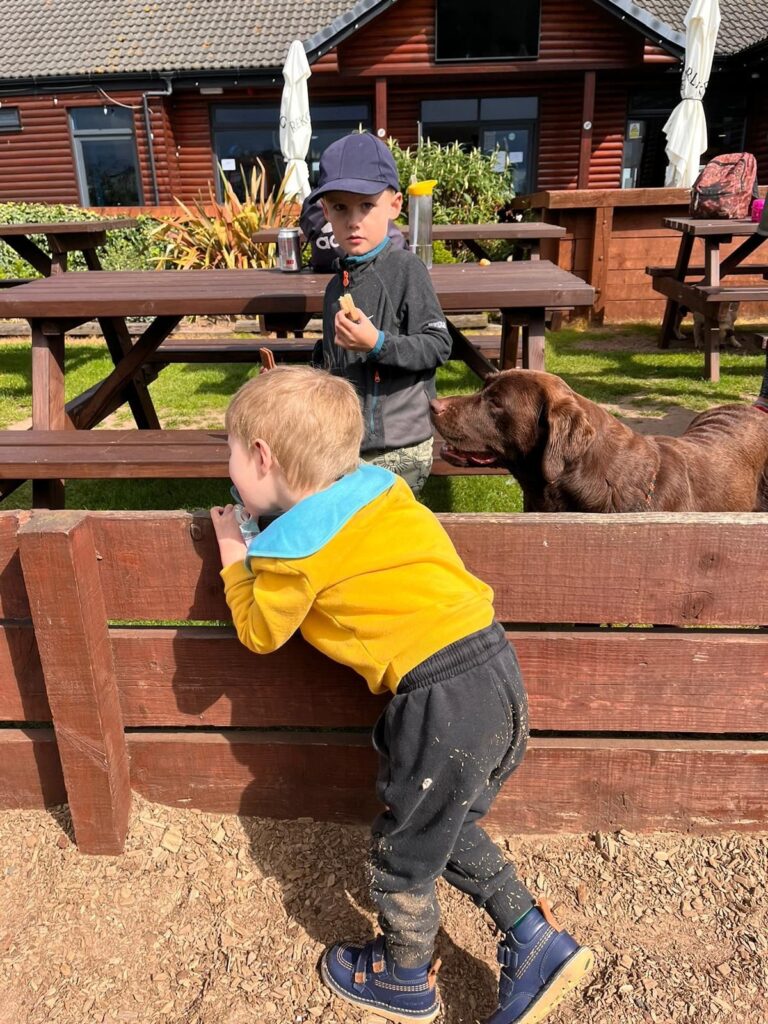
Seth had been seeing Mhairi Johnston, Orthotist, at the Royal Hospital for Children, Glasgow since 2020 for his spinal brace to try and help reduce the rate of progression of his scoliosis.
“During a multidisciplinary team meeting we discussed enabling Seth to stand. Standing is extremely important for bowel, bladder, and bone health but it is also very important psychologically, to allow better interaction with family and friends. Seth had been given a standing frame in the past, but he hated it and would scream every time he was put into it. I suggested the standing shell as an alternative as it is less bulky, closer fitting and can be customised with colours and pictures.
“This shell supports Seth in a standing position, and it can be used with a table so that Seth can do activities whilst using it. The aim is for Seth to stand, assisted by a parent, for 10 minutes to an hour every day. I have seen Seth grow from a baby to a little boy over the past three years, and I’ve been amazed at his progress and determination. He’s a wonderful wee boy,” said Mhairi.
Carrie explained that Seth is an incredibly social child who loves going to pre-school and, since using the shell at home, his teachers have noticed a difference in his development.
“I recently received a video from one of Seth’s pre-school teachers showing him using his foot muscles differently and attempting to lean on different structures such as steps to stand, something that we have been noticing at home too. Our hope for Seth is that his physio and shell will enable him to stand on his own one day, using his hands for stability. To be able to independently transfer from his wheelchair to another place such as a car will be a gamechanger for him,” said Carrie.
Seth is starting school next year. He loves to play with his older brother, Archie (7) and dog, Maggie. He also loves music and the beach.

